By Alex Petroski
Main Street in Port Jefferson and Nairobi County in Kenya are separated by 7,300 miles, but a chance meeting between a local business owner and a Kenyan lawyer has made a world of difference for needy children in the impoverished nation.
In 2016, Annette Kawira, 28, moved with her then-fiancé from Kenya to Port Jeff. One night she and her now-husband, who relocated to begin working at Stony Brook University, found themselves in Port Jeff looking for a place to eat and ended up dining at the Greek restaurant Z Pita. Owner Joey Zangrillo struck up a conversation with Kawira, who had been a practicing lawyer in Kenya. She told him about her home and about a charitable effort in which she had previously been involved. Kawira said she used to donate 10 percent of her monthly salary to a cause being undertaken by a pastor in a suburb of Nairobi, whose mission was to help orphaned and forgotten children living on the streets without proper care.

According to Kawira, Pastor Hika Kamau and his wife Judy realized after several church services that when tea and bread were shared with members of the congregation, several children would appear to eat and then disappear. Kawira said Kamau was curious about what was going on with the approximately dozen children. So after one service he told the children he would gladly feed them lunch; but in exchange he asked them to introduce him to their parents. It then occurred to him many were orphans, and others had families that were either unable or unwilling to care for their children.
“He just wondered, ‘Where do these kids go during the week?’” Kawira said.
This sparked Kamau’s motivation.
In 2009, the pastor set up what would eventually evolve into the Bethsaida Orphanage, headed by the Bethsaida Community Foundation, a nonprofit dedicated to helping needy children in the area, with the help of the Bethsaida Women’s Empowerment Group. The school, which is also home for many of the children, originated as a small dwelling built out of mud and soil on the grounds of the church for the original group of children the pastor met after services. Through word of mouth, the number of children served by the school has ballooned to more than 100, with 72 kids from 1 year old to 17 years old living permanently on the site, which has grown through the exchange of the pastor’s ancestrally inherited land.
Kawira said she was happy to donate part of her salary to help the cause.
“Every time I would give it to them, I realized what I was giving really wasn’t making a difference, because they would probably just eat, buy a few utilities — that doesn’t change the situation that they were in,” she said while sitting at a table inside Z Pita. “My interest with the kids was to just make sure whatever we do, it’s sustainable. I don’t think you can beg forever … what can we do that will empower these kids to empower themselves?”
When Kawira found herself at Zangrillo’s restaurant last year, they struck up a conversation, and the restaurant owner told her about his own charitable effort on which he had just embarked. Zangrillo founded a company called Race Has No Place, an apparel brand with a mission of breaking down barriers between people of different races. Purchasers of the apparel, upon check out, are instructed to select a charity of their choice toward which to direct 10 percent of their purchase. Zangrillo and Kawira soon realized their missions intersected and decided to team up.
Kawira explained the story behind the pastor’s mission in Kenya, and by July of this year, after a fundraiser at Z Pita, the Port Jeff business owner was on a 25-hour excursion to see the desperate area for himself.
“I’m telling you — what good food can do,” Kawira said, laughing about the lucky circumstances that led to the charitable partnership. “Good food brings people together.”
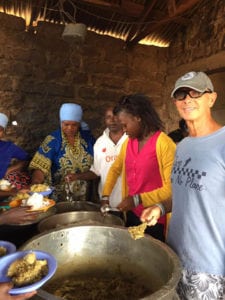
After the first fundraiser and additional money accumulated by a donation container that sits on the front counter at the restaurant year-round, enough money has been raised to begin the construction of a well at the orphanage, which will provide much-needed clean water.
“I’m never going to forget them — I’m going to make this a lifelong mission, as long as I’m alive,” Zangrillo said, reflecting on his eight-day trip to East Africa.
Zangrillo and Kawira have enlisted the help of Maureen Nabwire, a native of Kenya, who serves as a project manager for their efforts and has plans to venture to Port Jeff to establish a game plan for 2018. Plans include figuring out how much money needs to be raised and how it will be done to make the facility everything it needs to be for as many needy Kenyan children as possible.
“Annette and Joey are the kindest and most beautiful souls, and I am so glad I get to work on this initiative with them,” Nabwire said in an email. “They have marshaled the Port Jefferson community into this great cause, and I am super proud of them. They have brought the plight and needs of Bethsaida community children home to a much greater audience and the response has been immensely positive. Annette and Joey represent the society we want to have where your neighbor’s trouble or suffering is your problem. From what they have done, the home down here in Kenya is going to take care of the children without trouble, and guarantee them basic needs and a good education.”
Kawira tried to sum up what the extra attention being paid to a needy group in her home country has meant so far, and what it will mean in the future.
“We’re dealing with kids who don’t have primary resources — water, clothing and shelter,” she said. “It would be hard to explain how dire the need is until you see it.”
To learn more about the cause, visit www.facebook.com/racehasnoplace. For more information about the Bethsaida Community Foundation or to get involved, visit www.besahemi.org.

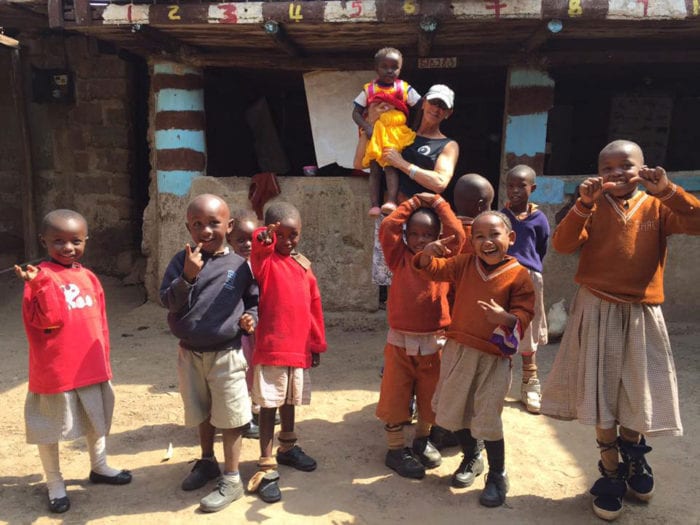


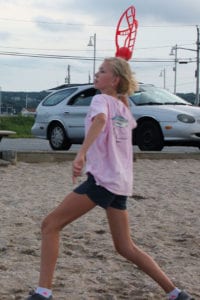

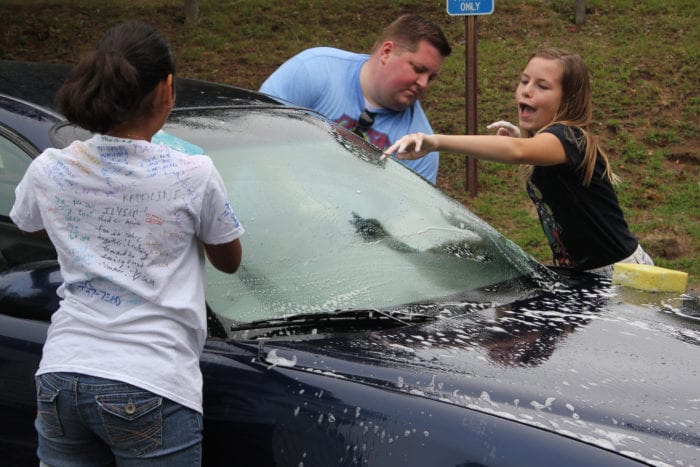

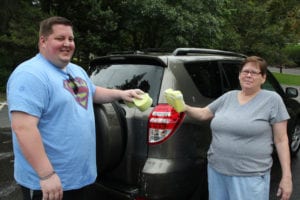
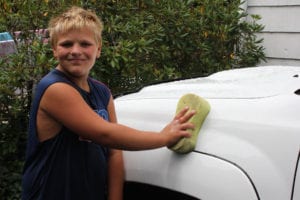








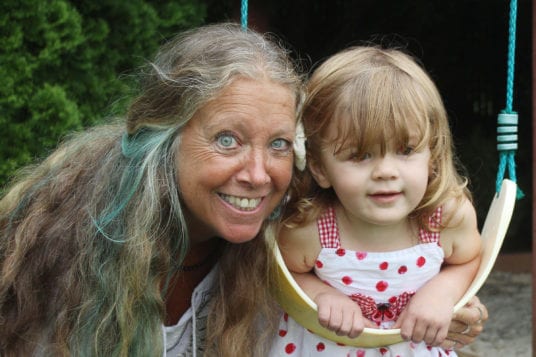







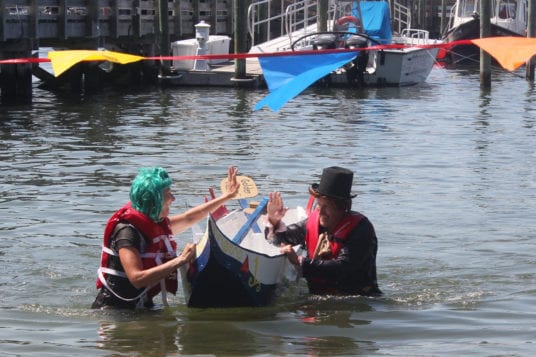






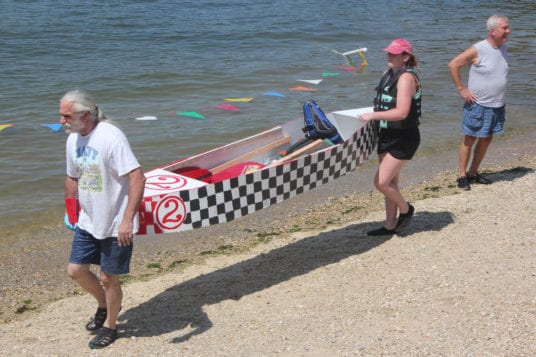

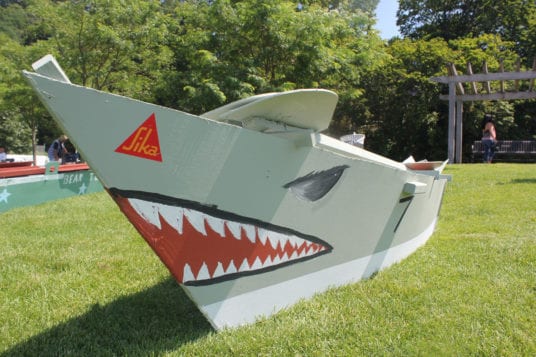

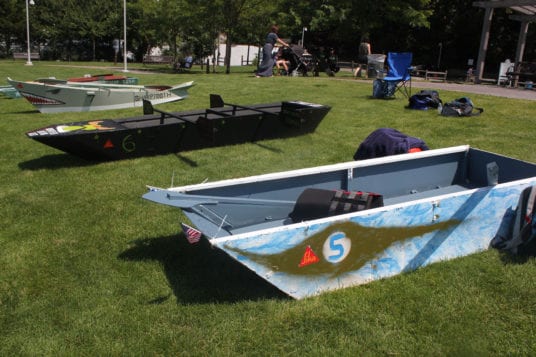
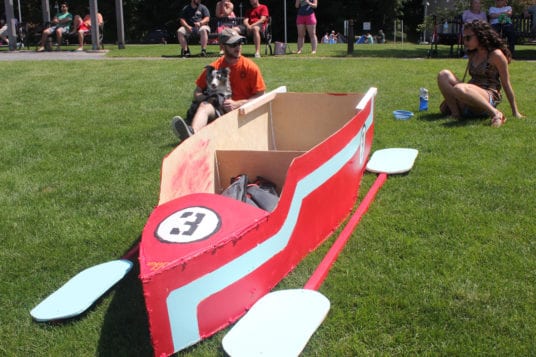



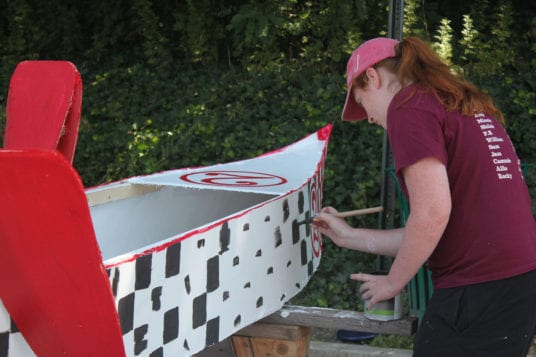
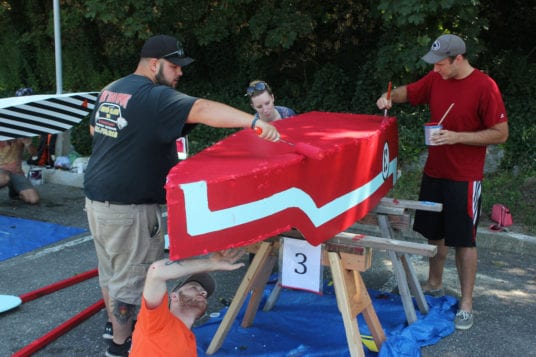





 Shelter dogs from Last Chance Animal Rescue will be available for adoption and The Middle Country Public Library’s Mutt Club, which partners with animal rescue organizations, will be collecting donations for shelter pets including pet food, toys, treats, collars, cat litter, toys, cleaning supplies and peanut butter.
Shelter dogs from Last Chance Animal Rescue will be available for adoption and The Middle Country Public Library’s Mutt Club, which partners with animal rescue organizations, will be collecting donations for shelter pets including pet food, toys, treats, collars, cat litter, toys, cleaning supplies and peanut butter.


